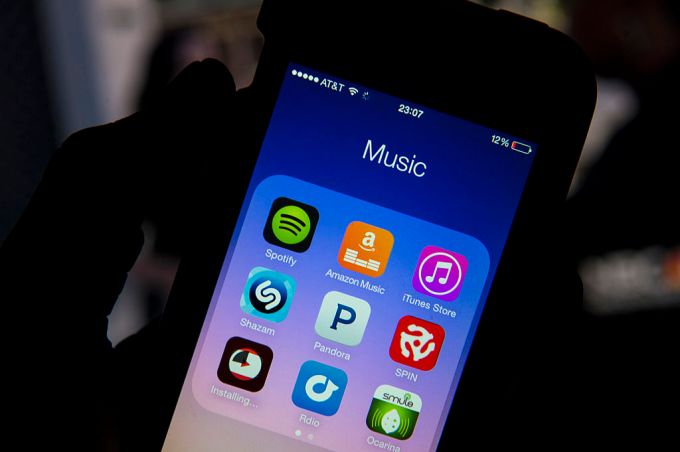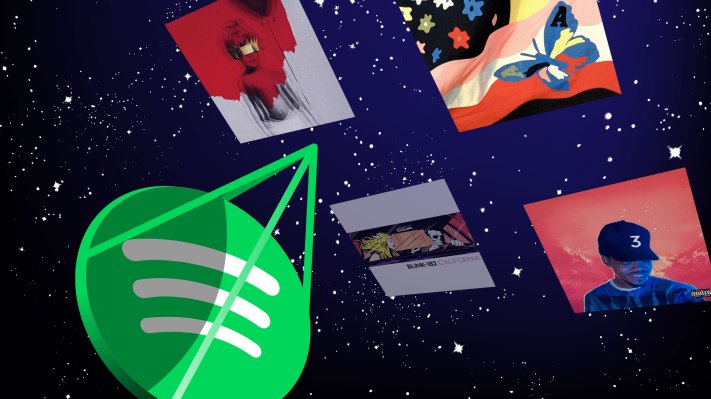Spotify has long refused to restrict new releases from its ad-supported non-paying listeners because it would make the streaming app confusing. It wanted all music available to everyone, always. But as it preps to IPO, it needs to negotiate better royalty rates with the major labels, and allowing this “windowing” practice is a bargaining chip it’s finally going to cash in.
Today Spotify confirmed that it’s struck a deal with Universal Music Group to pay the label less per stream, but only allow new releases to be streamed by Spotify Premium subscribers for up to two weeks, The Verge reports. Ad-supported listeners will have to wait. TechCrunch reported in February that Spotify would seek to renegotiate its licensing deals to pave the way for a 2018 IPO. Similar windowing deals with other labels could follow.
The result is a degraded experience for its free-tier listeners, but a boon to the startup’s long-term financial health. Users should understand that for Spotify to survive as an independent music company, it may have to cut some corners on satisfaction.

The Amazon.com Inc. Prime Music mobile app is displayed on an Apple Inc. iPhone 5 for a photograph in San Francisco, California, U.S., on Thursday, June 12, 2014. Amazon.com Inc. introduced advertising-free music streaming with more than a million songs, ramping up competition against Apple Inc., Spotify Ltd. and Pandora Media Inc. Photographer: David Paul Morris/Bloomberg via Getty Images
Spotify is the only top-tier music streaming service that offers an on-demand free tier, which is great for users who won’t pay $10 per month, and serves as an effective funnel getting people hooked until they do pay to ditch ads and restrictions.
Spotify is also the only leading on-demand streaming app that is solely a music company. Apple, Google and Amazon all make money in other ways and just offer music as a complementary service. Meanwhile, Spotify lives or dies by its royalty rates.
Yet today’s deal is a sign that Spotify has grown to a scale where it’s finally getting leverage over the record labels. Only because its unique free tier has gotten so popular can it extract lower royalty rates per song play by briefly holding new releases back from these users.
Spotify has four other ways it’s gaining power versus the labels as it negotiates new royalty rates:
- Scale – With 50 million paying subscribers, plus its free tier, labels need their music on Spotify if they want to have a hit, and can’t skip out on the revenue it brings.
- Non-music content – Spotify is developing video content like its Drawn & Recorded cartoons and new Traffic Jams in-car song creation mini-shows that don’t require it to pay out to labels.
- Becoming a label – Sources tell TechCrunch that Spotify is experimenting with signing label-like deals with artists to pay them up front in exchange for a cut of their recording revenues, so it ends up paying itself when users stream these artists.
- Playlists that dictate the Top 40 – Spotify now has the power to choose what becomes a hit thanks to its control of extremely popular playlists like Discover Weekly and Release Radar. If labels don’t play ball in royalty negotiations, they might see their artists absent from these trend-defining playlists.
